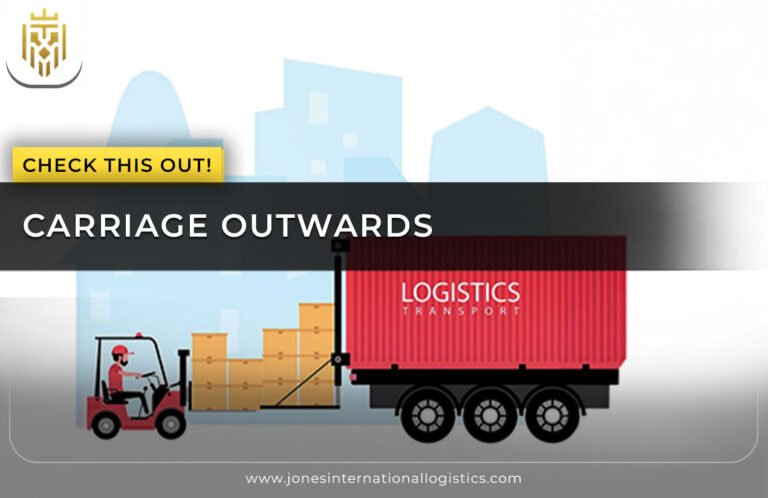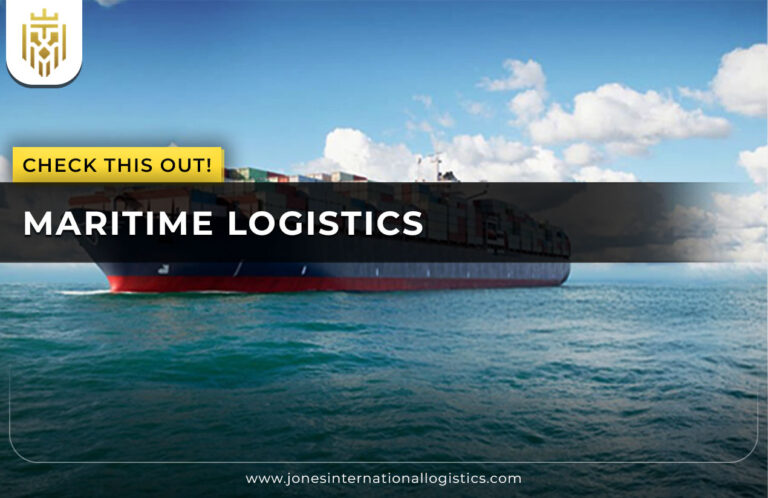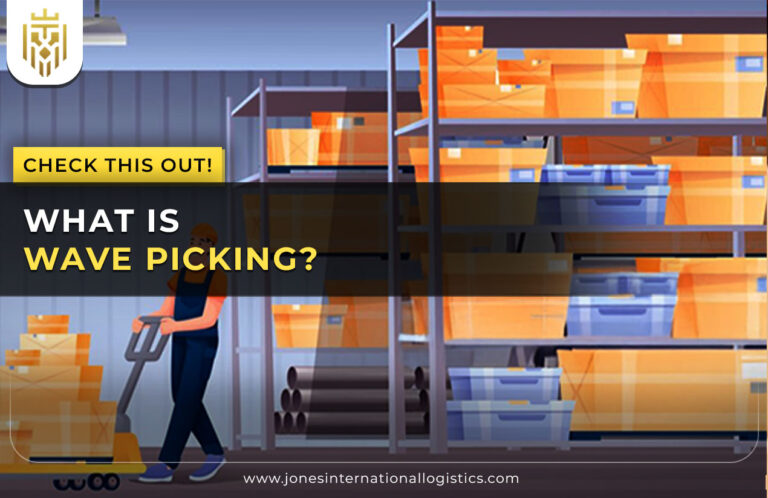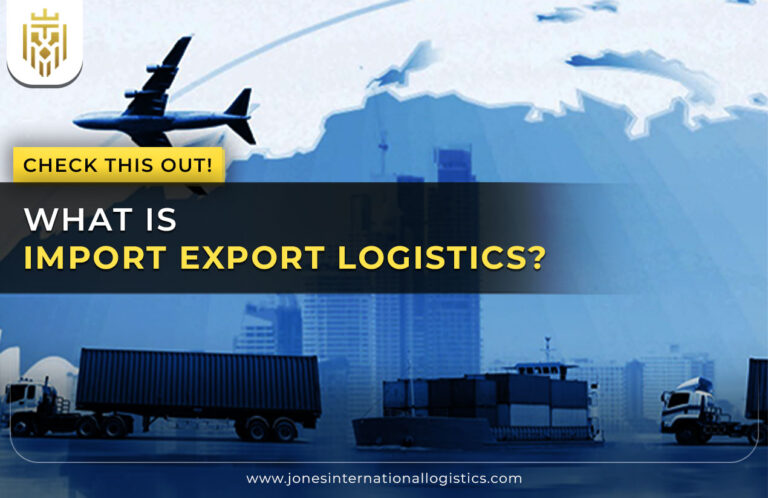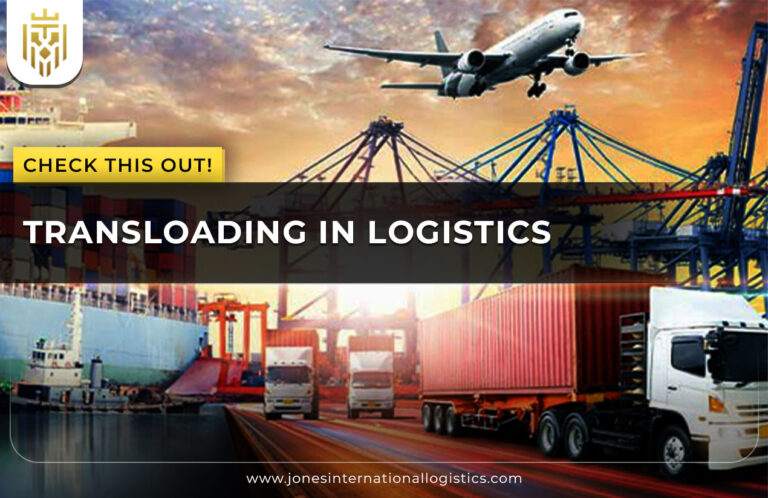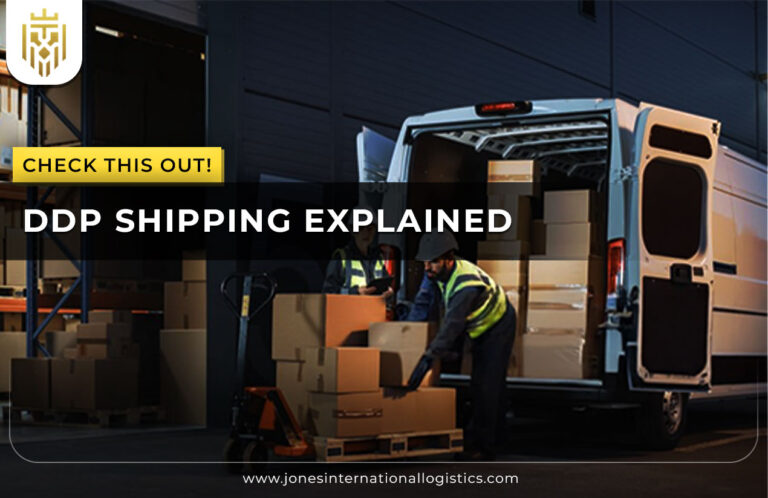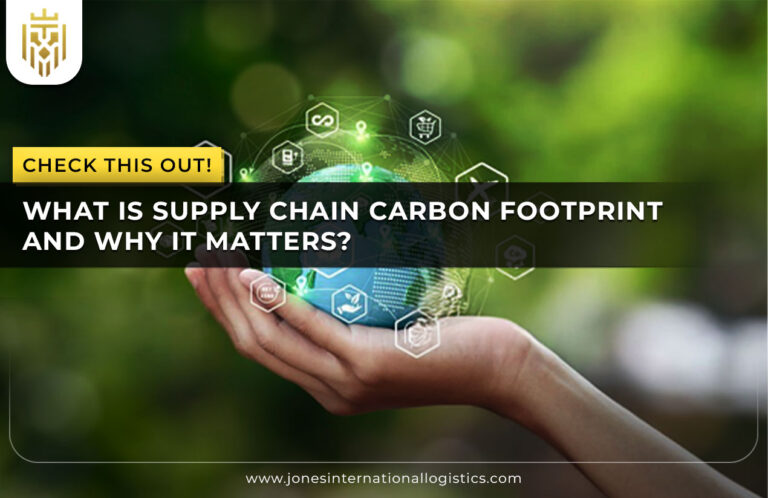What is Last Mile Delivery?
Last mile delivery is the stage of moving the package from a local hub to the place where the customer lives or works. It brings businesses closer to their customers, which is necessary in logistics. It represents the point where service quality is most visible, leaving a lasting impression on the end user.
Why Last Mile Delivery Matters?
Last mile delivery plays a major role for businesses since it determines customers’ satisfaction and their loyalty. Speedy and problem-free delivery helps a brand’s image, smooth day-to-day work and stand out from rivals, so it is crucial for last mile logistics.
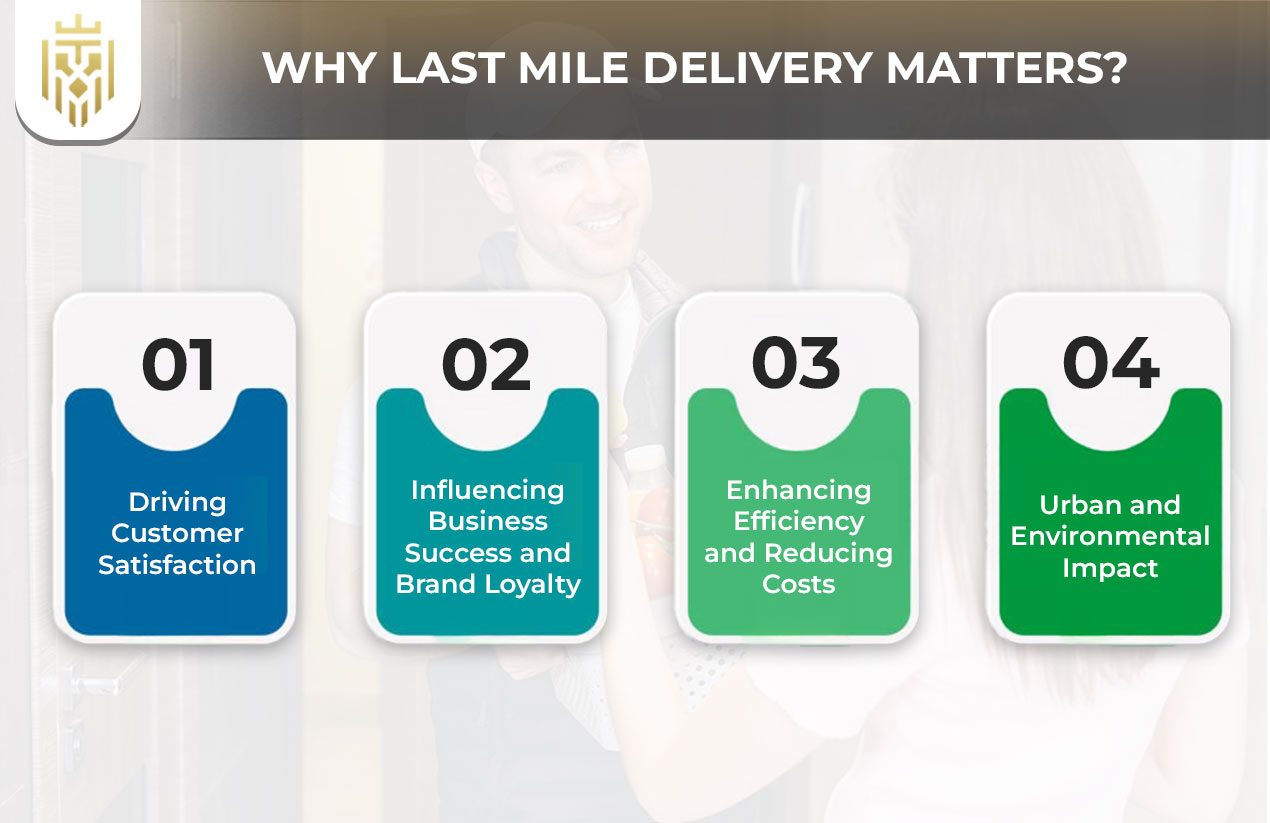
Driving Customer Satisfaction
Customers’ views of a business often depend a lot on the last mile delivery process. The way products are delivered says a lot about the brand’s credibility. When logistics is handled well in the last mile, delivery is quicker which builds loyalty, trust and makes customers happy.
Influencing Business Success and Brand Loyalty
Last mile delivery helps companies achieve their goals in brand building. An easy-to-use delivery system brings more good feelings about the brand and reduces the chances of losing customers. When you understand last mile delivery meaning, you are better able to align your operations, earn more profits and increase your brand’s reputation among competitors.
Enhancing Efficiency and Reducing Costs
Well-designed routes and proper use of resources in the last mile delivery increase the company’s overall efficiency. When companies streamline their way of delivering goods, they save money and enhance the quality of their service. Good last mile logistics make customers content and lead to a more flexible and lean supply chain.
Urban and Environmental Impact
The final part of shipping causes congestion, releases harmful chemicals into the air and uses a substantial amount of energy. This has consequences for cities as well as for their customers. Implementing smart answers to these challenges better dates for shipping and delivery services and makes the process friendlier to the environment and companies.
Key Challenges in Last Mile Delivery
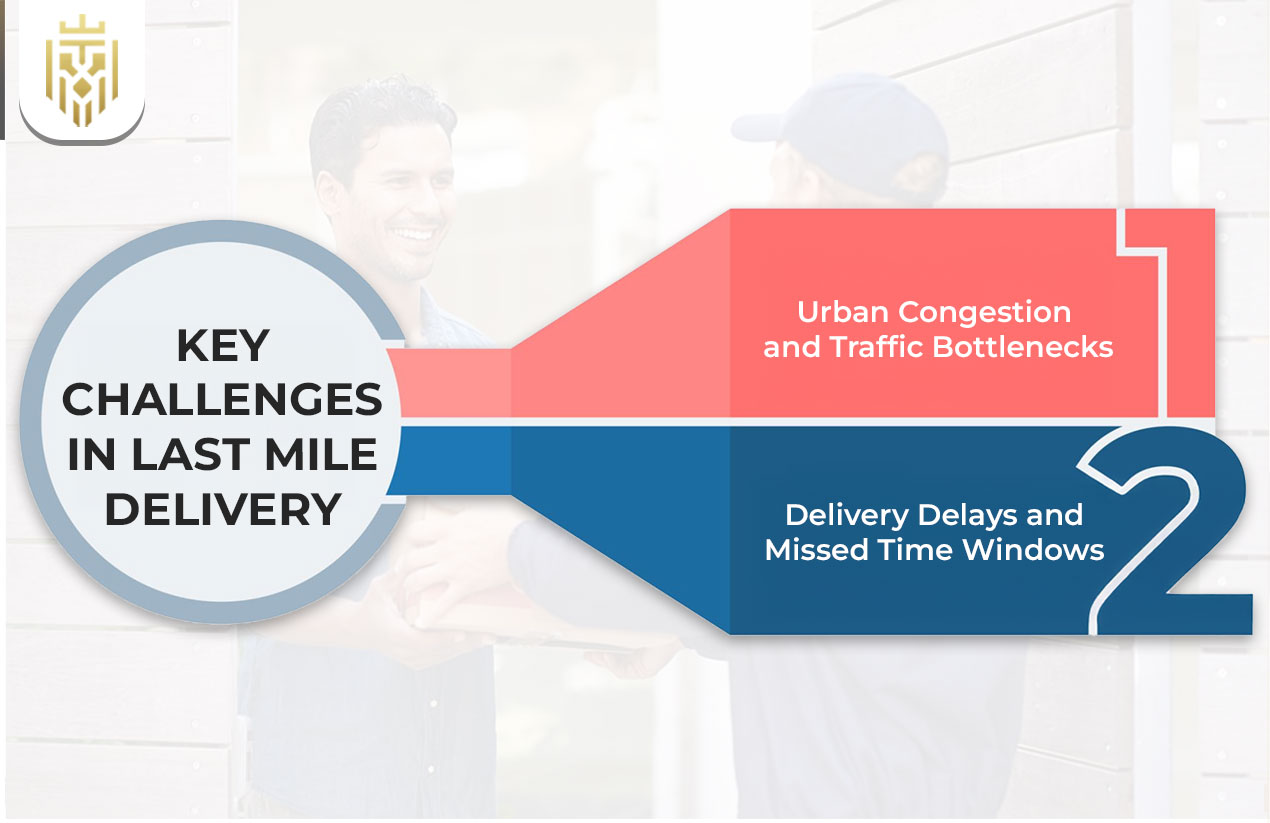
The key difficulties in last mile delivery are urban congestion and traffic bottlenecks with delivery delays and missed time windows. As a result, delivery services are interrupted, performance falls short and customers might be disappointed, all of which lower the business’s overall output.
Urban Congestion and Traffic Bottlenecks
Many times, last mile delivery deals with congestion caused by traffic in big cities. Such problems cause goods to be delivered slower, more fuel to be used and higher operating costs. Companies need to resolve these problems in the last step of shipping to satisfy their customers and stay ahead in the fast-growing business market.
Delivery Delays and Missed Time Windows
When the courier runs into crowded city streets, bad weather and lack of planning, it often leads to difficulties with timely deliveries. This causes customers to face difficulties. Reputation is shaped for businesses. What is last mile delivery without punctuality? A risk to brand loyalty.
Optimizing Last Mile Delivery: Effective Strategies
For last mile delivery, businesses benefit from using technology such as route planning, technologies based on data and reaching out to 3PL services. They make the process of shipping faster, more reliable and better for customers.
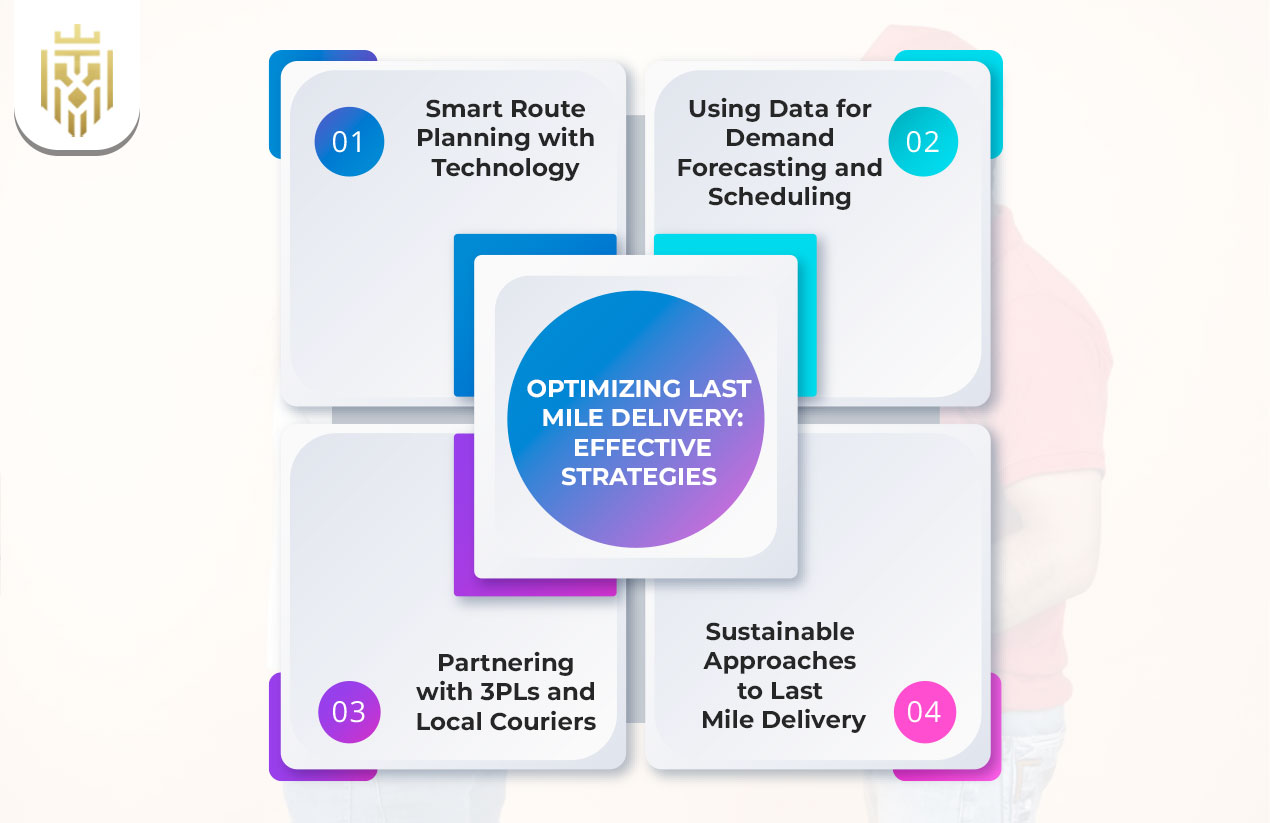
Smart Route Planning with Technology
When it comes to last mile deliveries, technology is key to making things run smoothly. Thanks to AI and GPS, planning routes is easier, businesses use less fuel and delivery times are brought down. This leads to more satisfied customers and lower challenges with last mile logistics.
Using Data for Demand Forecasting and Scheduling
Making predictions about demand and planning deliveries is made efficient because of data-driven forecasting. Thus, the final part of delivery is carried out more efficiently, with less waiting and unwanted materials. Using data in delivery benefits the whole process, helps with challenges and makes the experience better for customers.
Partnering with 3PLs and Local Couriers
Last mile delivery is made more efficient when partnering with 3PLs and local couriers. Using their knowledge and networks, these partners handle regional challenges. For companies, it creates opportunities to cut their expenses. From the customer’s point of view, it makes final delivery quicker and more reliable.
Sustainable Approaches to Last Mile Delivery:
Sustainable logistics at the last mile try to use vehicles that cause little or no pollution, plan efficient routes and use environmentally friendly packaging. These measures help lower the impact on the environment, follow safe and ethical delivery methods and satisfy customers who expect environmentally friendly businesses.
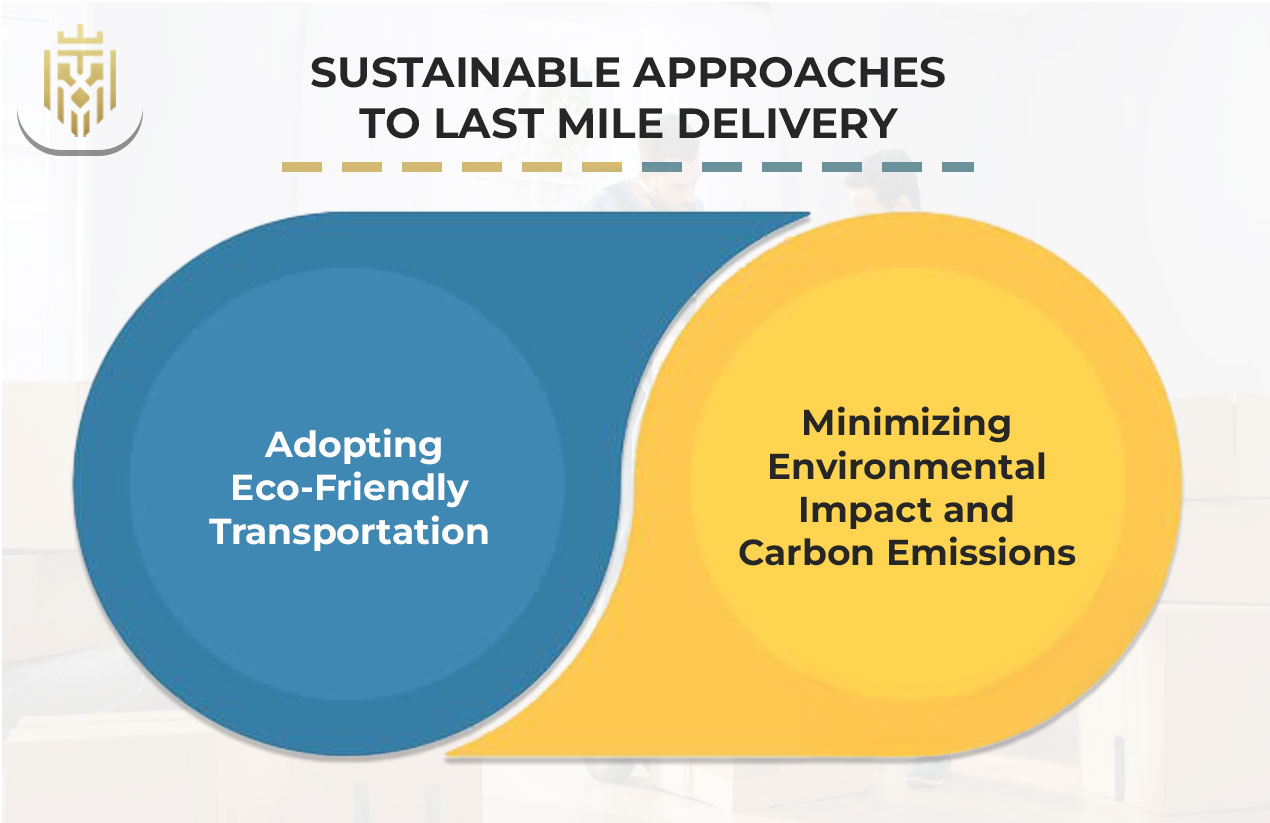
Adopting Eco-Friendly Transportation
Delivery vehicles that are good for the environment reduce emissions during the last part of the delivery route. Operating electric vans and bikes helps clean up the air in cities and is consistent with being more eco-friendly. This method is good for customers and for businesses, helping last mile logistics work in a more responsible way.
Minimizing Environmental Impact and Carbon Emissions
Energy savings is important when it comes to sustainable last mile delivery. Using the best routes, cars that are more environmentally friendly and smart packaging all benefit the environment. Through this eco-conscious method, companies support their green goals and provide what customers require in terms of last mile logistics.
The Future of Last Mile Delivery
The use of drones, self-driving cars and smart lockers is being adopted for last mile delivery in the future. They are expected to bring faster order completion, cut expenses and offer greater convenience for all parties.
Emerging Technologies: Drones & Autonomous Vehicles:
Speed and accuracy are made possible in last mile delivery with the help of drones and autonomous vehicles. They help organizations skip the usual shipping challenges, giving safer, faster and inexpensive ways to deliver things. They assist corporations in providing deliveries and meeting or surpassing consumers’ expectations.
Smart Lockers:
Smart lockers make it possible for companies to manage last mile delivery safely and with greater convenience. They prevent missed deliveries and allow customers to handle the delivery process more efficiently. Smart lockers, for companies, make routing more efficient, reduce the challenges involved in handling logistics and ensure everything can be handled smoothly as the business develops.
FAQs
1) What is last mile delivery?
Last mile delivery is the stage of moving the package from a local hub to the place where the customer lives or works. It brings businesses closer to their customers, which is necessary in logistics. It represents the point where service quality is most visible, leaving a lasting impression on the end user.
2) Why Does Last Mile Delivery Matter?
Last mile delivery plays a major role for businesses since it determines customers’ satisfaction and their loyalty. Speedy and problem-free delivery helps a brand’s image, smooth day-to-day work and stand out from rivals, so it is crucial for last mile logistics.
3) How can businesses reduce last mile delivery costs?
Last mile delivery costs may be reduced when routes are planned well, technology is maximized, partnerships are established with 3PLs and local couriers are used. When planning is efficient, delays are avoided, which improves the delivery process and benefits the company’s finances, as well as the people receiving the products.
4) What are the challenges in Last Mile Delivery?
The key difficulties in last mile delivery are urban congestion and traffic bottlenecks with delivery delays and missed time windows. As a result, delivery services are interrupted, performance falls short and customers might be disappointed, all of which lower the business’s overall output.

